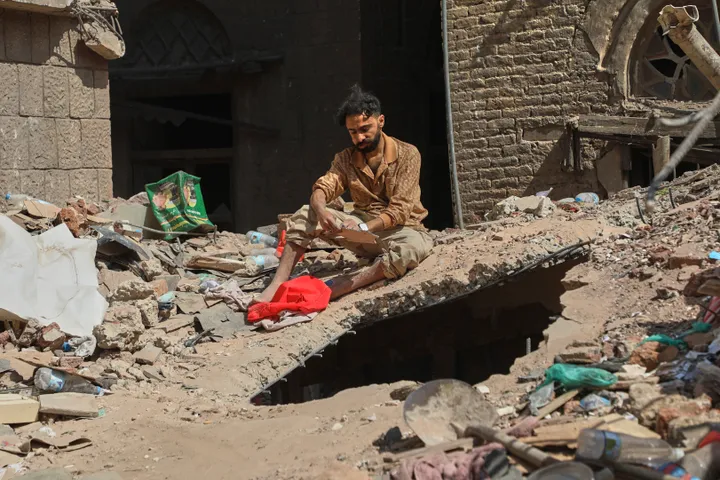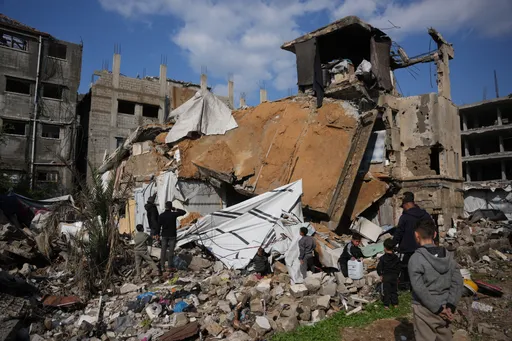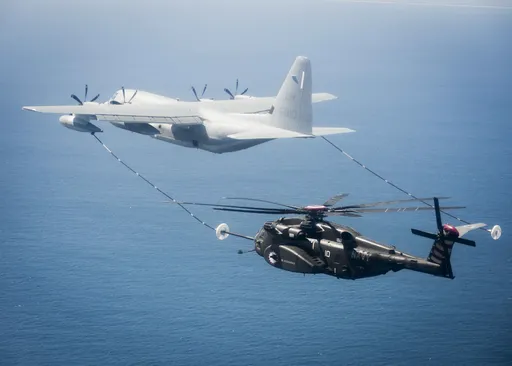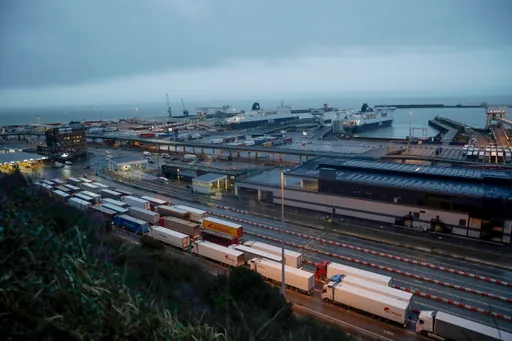With the proliferation of social media apps in the last few years, a make-believe world has come to life on our screens. Young influencers with no steady jobs travel the world, filters hide wrinkled faces, and cats dance.
Can this illusion ever shatter?
“It does shatter when human tragedies as distressing as those in Gaza are shared on social media”, clinical psychologist Elif Banu Ucar tells TRT World.
This is when people begin to grasp the inherent artificiality in the constant stream of posts depicting people as endlessly cheerful, positive and carefree, she says.
“The abnormality of this synthetic presentation of social media, often unnoticed during normal times, becomes glaringly evident when confronted with the harsh realities like those in Gaza", she adds.
Scrolling through a massacre
It’s been a month since Israel initiated its relentless bombing campaign in Gaza, killing over 10,000 people, including 4,324 children.
Despite the shadowbanning attempts of some tech companies, X, Instagram, Facebook, YouTube and TikTok have emerged as a powerful tool for revealing the ground truth in Gaza. They have allowed Palestinian citizen journalists to tell their stories rather than wait for legacy media outlets to shape the narrative according to their agenda.
“Global protests, resistance movements, and increased awareness of events in Gaza have gained momentum from social media contents that vividly depicts the grim realities and the suffering caused by the war, even in the face of disinformation efforts,” points out Nazli Aytuna, an associate professor from Galatasaray University, emphasising the essential role of social media in empowering marginalised communities.
Aytuna refers to the French sociologist Jean Baudrillard, who argues in his book “The Gulf War Did Not Take Place” that American media presented the Gulf War as a captivating “hyper-reality” by erasing its actuality through simulations and visuals.
“Baudrillard’s critical approach prompts us to question how this tragedy in Gaza is currently being portrayed by Western media outlets, ” says Aytuna.
“The media wields the power to construct a virtual reality, altering our perception of actual events and creating a sense of detachment. So, the content created by social media users dedicated to unveiling the concrete reality of war, in contrast to this politically constructed hyper-reality, carries immense significance.”
Normalising tragedy in Gaza
However, social media has been flooded with horrifying images of people carrying body parts of their relatives, wailing parents digging bloodied babies from under the rubble, and doctors giving a press conference amidst dead bodies.
For many users, the images no longer come as a shock but have become a grim routine.
“People share my stories and pictures, and the second post for them in their stories is them having fun. So, no need to share anything, and we don’t want your pity,” writes Motaz Azaiza in his Instagram story. He’s one of the few remaining journalists who courageously depicts the harsh reality of life in Palestine's Gaza.
Sarah Amr, a Palestinian writer, tries to break down the social media paradox where people would share distressing stories followed by seemingly unrelated content.
“It touches upon the politics of pity, where empathy may sometimes manifest as shallow online gestures rather than meaningful action. For those geographically distant from the suffering, this behaviour can reflect detachment and selective engagement, which trivialises the gravity of the situation and lacks genuine empathy.” Amr remarks.
She stresses the difficulty of sustaining a compassionate response to ongoing humanitarian crises while preserving the dignity of those directly affected.
However, Palestinians seek genuine solidarity and tangible action rather than mere symbolic empathy, as Sarah says in an article.
The question then arises what can outsiders do help people of Gaza?
From survivor’s guilt to active solidarity
Clinical psychologist Ucar underscores the importance of avoiding extremes, emphasising that the solution lies not in succumbing to overwhelming guilt or self-condemnation or isolating ourselves from events to evade such emotion.
Feelings of guilt and shame, often described as a “survivor’s guilt” in the literature, stem from the privilege of residing in secure and comfortable homes, being with loved ones, having access to clean water, and enjoying food, she adds.
To transition from passive spectatorship to active solidarity, Sarah offers a range of suggestions, including educating oneself about the Palestinian cause and the fight against settler colonialism, supporting organisations that provide aid to Gaza, sharing credible information on social media, engaging in advocacy, and raising one’s voice to demand accountability from their governments and international bodies through protest.
“Genocide demands a collective response, and every person's actions, no matter how small, can contribute to a more potent global stance against these grave injustices, ensuring that such atrocities do not go unnoticed or unchallenged.”
























